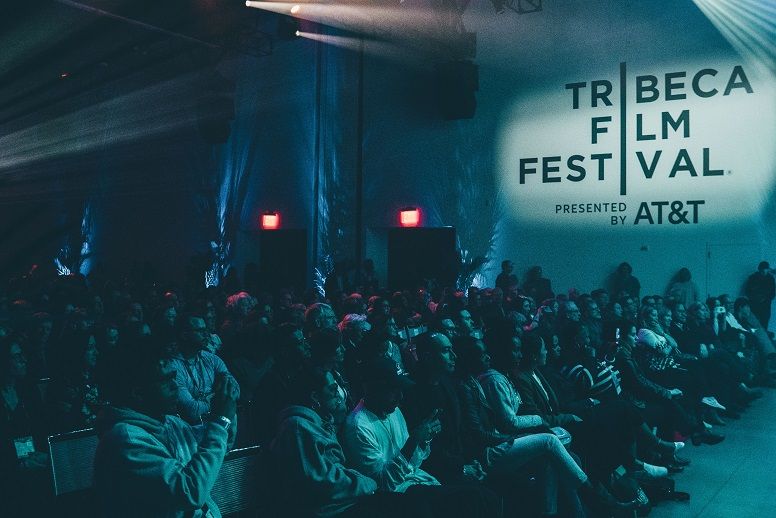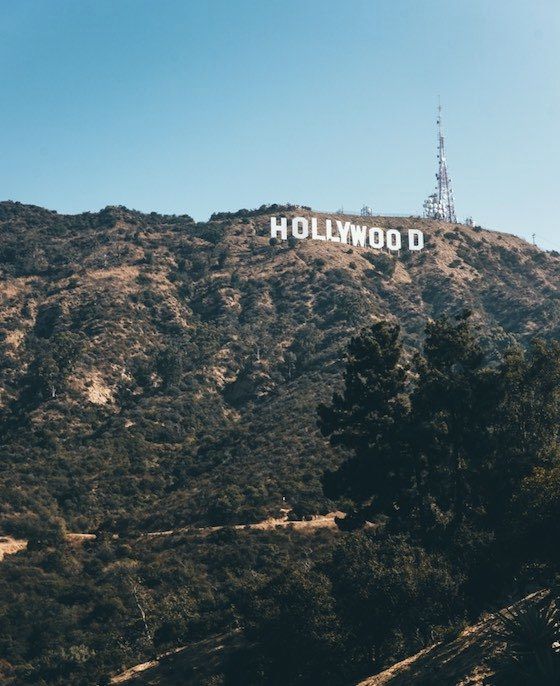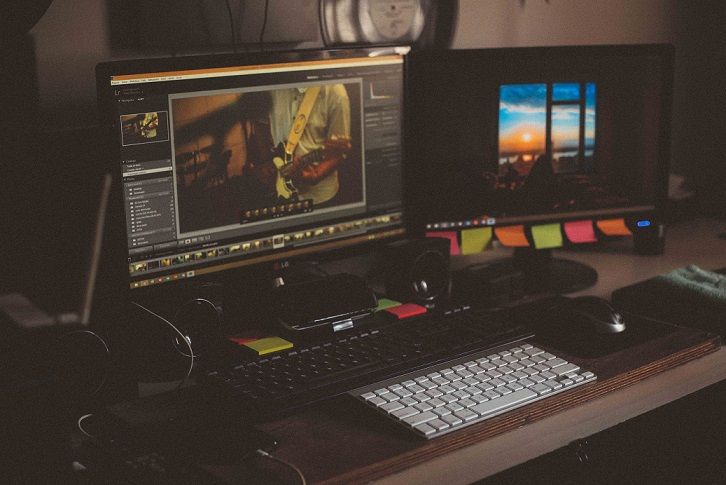At some point, creatives will dip their feet into the well of video stock footage. Maybe it’s a vlogger looking for just the right stock clip; it could be a filmmaker looking for useful b-roll they couldn’t shoot themselves; it might be a musician with no camera chops or budget looking for music video content. Whatever the reason, there are a few different platforms for obtaining stock footage, each with a particular type of fee or license.
Quite often, people don’t know where to start when looking for stock clips, which can slow the pace of creativity. But this process needn’t be laborious or anxiety-inducing. Below, we take a quick look at the process of finding and obtaining stock footage, both generally speaking and on our stock footage site Artgrid.io.
What to Look For
Each videographer or musician’s stock footage needs will be different. But, there are a few things to keep in mind in scouring the web for stock footage.
First of all, you want to find quality footage. This sounds pretty obvious, but many video stock footage platforms pursue a clear quantity-over-quality approach to their catalog. It’s great to have a wide variety of options, but if the footage is too cookie-cutter, or only a few great clips exist in a sea of middling options, then the service is not going to be very helpful; and not just for a creative’s current project, but for future ones as well. Many platforms don’t offer many stock footage options. Artgrid offers 4K, 8K, as well as RAW and Log files, which allow users to color grade the footage themselves, giving them more flexibility for their project.
Another consideration is the type of stock footage license being offered. For videographers who use a stock video clip more than once, a Rights Managed license (more on this below) could get expensive.
When looking at stock footage licenses, pay attention to not only how footage can be used, but also where and for how long. The key for creators is to find the license that truly suits their needs.
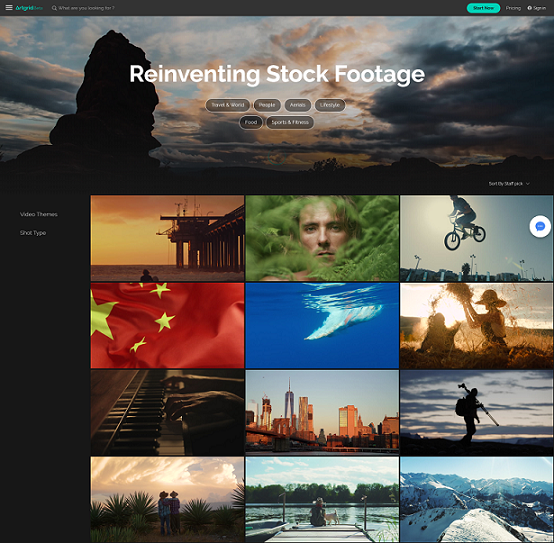
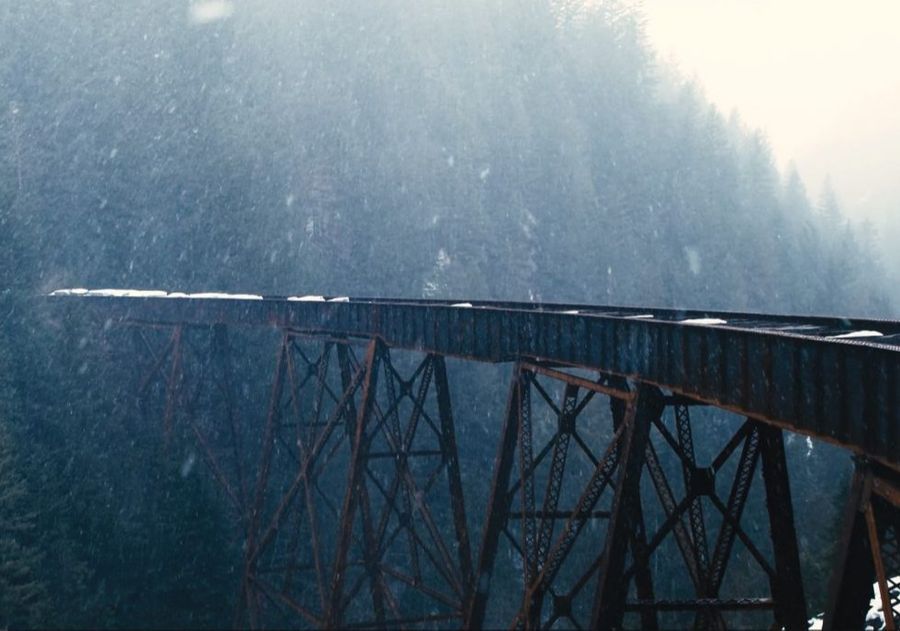
Rights-Managed & Editorial Use Licenses
The world of stock footage largely consists of three types of licenses—Rights Managed (RM), Editorial Use (EU), and Royalty-Free (RF).
In Rights Managed licenses, you purchase stock footage on a per-use basis. In other words, you can use one piece of stock footage and for a set period of time. Some RM clips allow for multiple licenses, while others feature some type of exclusivity. Editorial Use is a type of stock footage license that is often limited to use in documentaries, news reports, or other journalistic content.
Each of these two licenses will have limitations. RM will likely limit usage to certain geographic regions, while an EU license will prevent a filmmaker from using it for commercial purposes.
Royalty-Free Video Stock Footage
The most common stock footage license is probably Royalty-Free, which platforms like Artgrid, Shutterstock and pond5 offer. As we recently noted in our Royalty-Free vs. Non-Copyrighted Music post, RF is a license in which the user pays a one-time fee (no royalties paid) for use in as many projects and media as they wish.
Royalty-free stock footage companies will often include their own set of use limitations. For instance, some permissions, like those of Shutterstock and Pond5, will exclude use in television and movie theater distribution, as well as Over the Top (OTT) video distribution, which is the technical term for streaming services like Netflix and Hulu. Other stock footage company licenses, Pond5 among them, might limit usage to a single project, or prohibit stock content from being used in printed media, or in the creation of a logo or trademark.
The Artgrid.io platform is built on a Royalty-Free stock footage license, but it is quite different from some other Royalty-Free services. Instead of a per-use fee, Artgrid.io users pay an annual subscription fee. With it, they can download, use, copy, modify, edit, present, play in public and/or distribute in all manner of media. This means users can make use of the content on everything from YouTube to CDs and print, amongst many other media. Plus, once you download a clip, it’s yours forever, even if you don’t renew your subscription.
Artgrid.io also doesn’t limit the number of projects for which a downloaded stock video clip can be used. The only condition is that the daily number of downloads does not exceed 40 stock works.
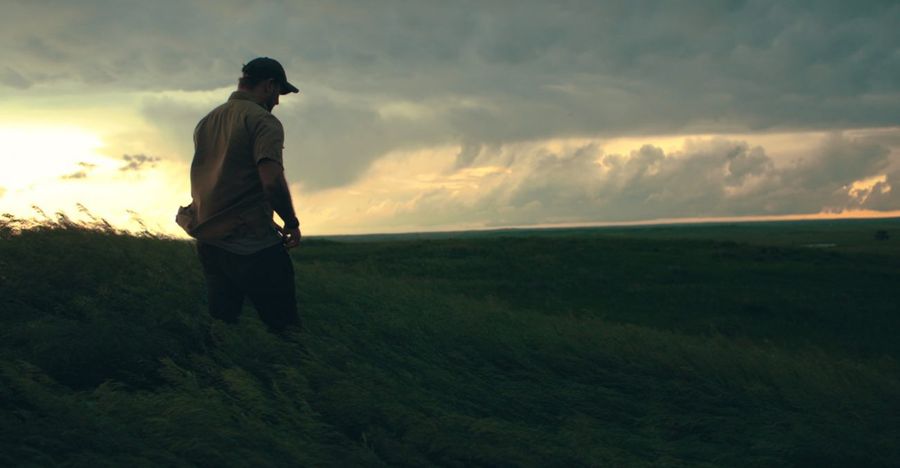

Footage in the Public Domain
When it comes to stock footage in the public domain, there are several options. One route is the Creative Commons. This means creators license their stock footage for free, usually with some limitations, like no commercial usage. Vimeo’s Creative Commons page is one such option, but there are also a number of YouTube channels that offer public domain footage. While Creative Commons is great, it has one big drawback. The catalog usually isn’t that extensive; and what is there isn’t in any way curated, often making it difficult to find what you’re looking for.
A similar option is something like the Internet Archive. It’s a digital library that makes a number of materials, including films and video (both old and new), available to the public. While the Internet Archive is truly great for things like old ephemeral educational films and documentaries, its modern footage supply, from the range of the content to its style, isn’t exactly up-to-date.
Final Thoughts
Most content creators aren’t going to want a Right-Managed or an Editorial Use license; instead, they will want to go with a Royalty-Free stock footage license. But, pay attention to the licensing details, so you don’t find that a number of limitations restrict your current and future use of the downloaded work.
This article was originally published on the Artlist blog on January 14, 2020.
Artgrid is reinventing stock footage with a high-end catalog of story-driven footage that offers unlimited downloads and one universal license that covers any video project.


